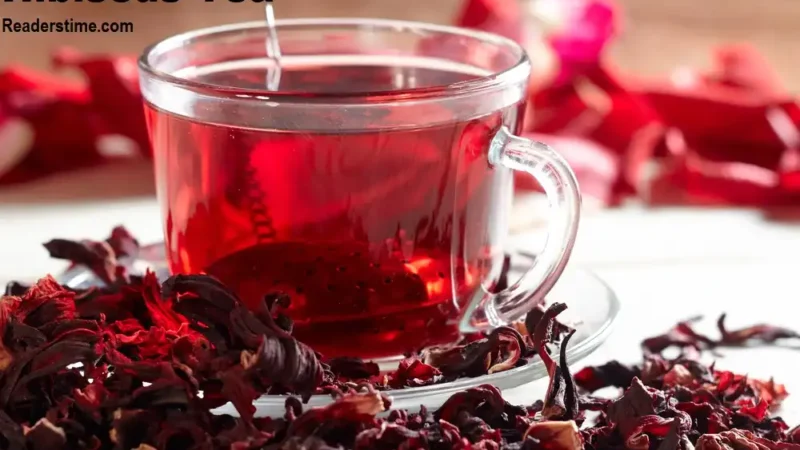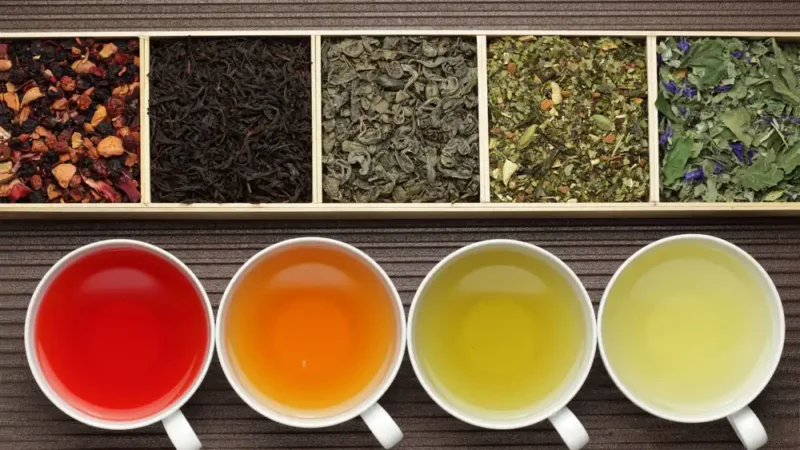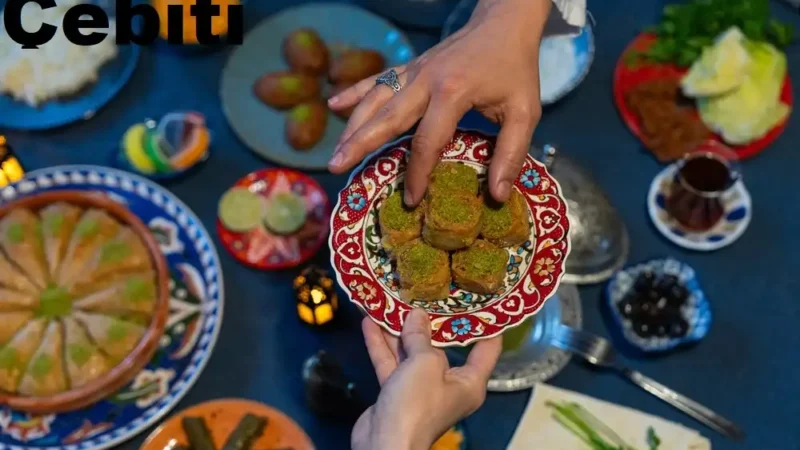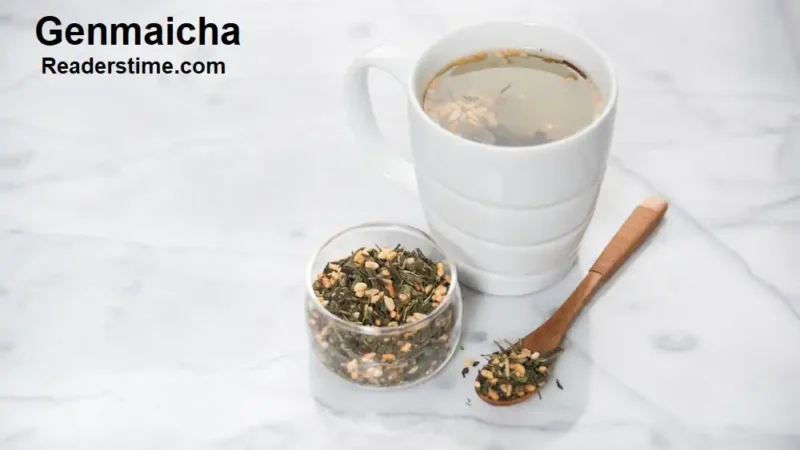Matcha: The Ancient Art and Modern Marvel of Green Tea
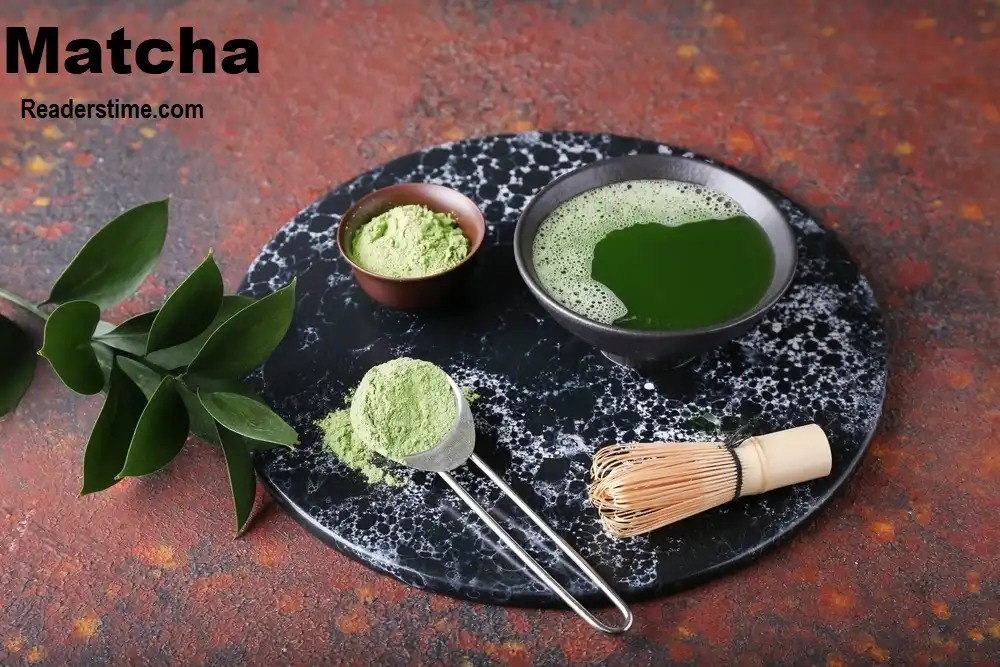
Nestled in the heart of Japan’s historic tea-growing regions lies a vibrant green elixir that has captured the imagination of tea enthusiasts and health-conscious individuals alike. Known as matcha, this finely powdered green tea is not just a beverage; it’s a cultural icon steeped in tradition and brimming with health benefits.
A Heritage of Excellence
Matcha’s story begins over a thousand years ago, during the Tang Dynasty in China, where it was first used by Buddhist monks for its calming properties during meditation. The practice of cultivating and consuming matcha spread to Japan in the 12th century, where it evolved into the revered Japanese tea ceremony, a ritualistic practice known as Chanoyu.
The cultivation of matcha is a labor-intensive process that begins weeks before harvest. Tea bushes are shaded from direct sunlight to enhance the production of chlorophyll and amino acids, particularly L-theanine, which gives matcha its unique flavor profile and vibrant green color. After harvesting, the leaves are steamed, dried, and ground into a fine powder using traditional granite stone mills, preserving their freshness and nutritional integrity.
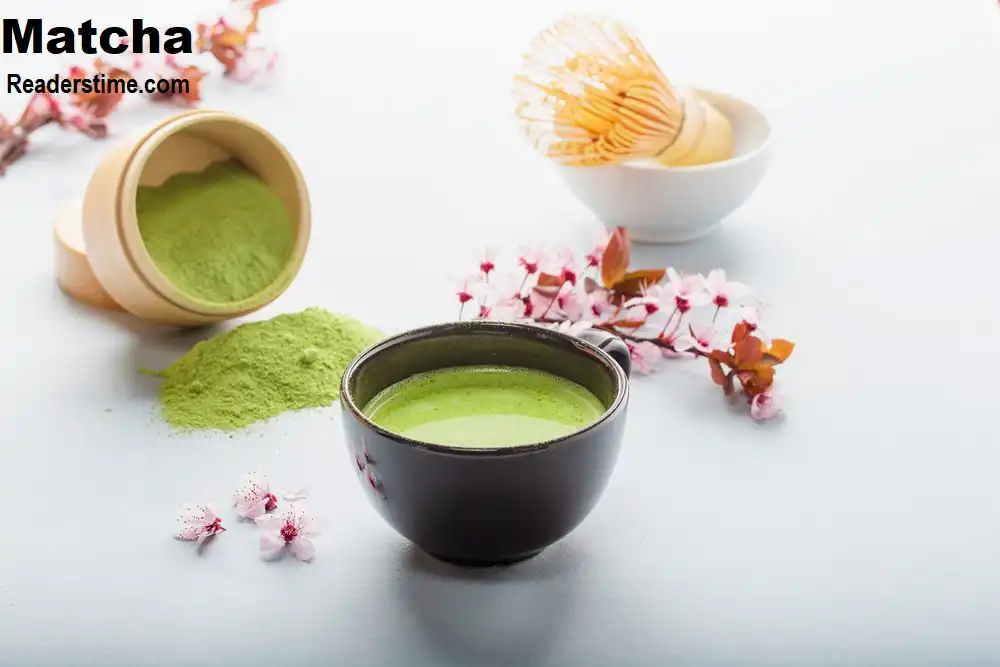
The Art of Flavor and Aroma
Matcha is renowned for its rich umami flavor, balanced sweetness, and slight bitterness, creating a complex and satisfying taste experience. When prepared traditionally, matcha is whisked with hot water using a bamboo whisk (chasen) to create a frothy, velvety texture that delights the senses.
Beyond its traditional use as a ceremonial tea, matcha has found its way into a variety of culinary creations. Its versatile flavor profile makes it an ideal ingredient for sweets like matcha-flavored mochi, cookies, and ice cream. It also adds depth and complexity to savory dishes, such as matcha-infused noodles or rice.
A Nutrient-Rich Powerhouse
Matcha is not only a delight for the taste buds but also a powerhouse of nutrients. As a whole-leaf tea, matcha retains all the nutrients present in the tea leaves, including antioxidants, vitamins, and minerals. One of its most notable antioxidants is epigallocatechin gallate (EGCG), which has been studied for its potential health benefits, including reducing inflammation and supporting heart health.
Additionally, matcha contains a moderate amount of caffeine, which provides a gentle energy boost without the jitteriness often associated with coffee. This is due to the presence of L-theanine, an amino acid that promotes relaxation and helps counterbalance the stimulating effects of caffeine.

Embracing the Matcha Lifestyle
In today’s fast-paced world, matcha has emerged as a symbol of balance and mindful living. Whether enjoyed as a calming cup of tea or as a creative culinary ingredient, matcha offers a unique blend of tradition, flavor, and health benefits that continue to captivate and inspire people around the globe.
To experience the full spectrum of matcha’s flavors and aromas, it’s recommended to use high-quality ceremonial-grade matcha and to experiment with different preparation methods and recipes. Whether you’re a tea connoisseur or a culinary adventurer, matcha invites you to savor the moment and embrace a lifestyle of harmony and well-being.
A Timeless Treasure
In the final words, Matcha is more than just a tea; it’s a testament to the artistry and craftsmanship of tea production, as well as a reflection of the rich cultural heritage of Japan. Its vibrant green color, complex flavor profile, and myriad health benefits make it a true treasure that continues to enchant and delight tea enthusiasts and food lovers alike. So, the next time you sip a cup of matcha or savor a matcha-infused treat, take a moment to appreciate the centuries-old tradition and modern marvel that is matcha.


